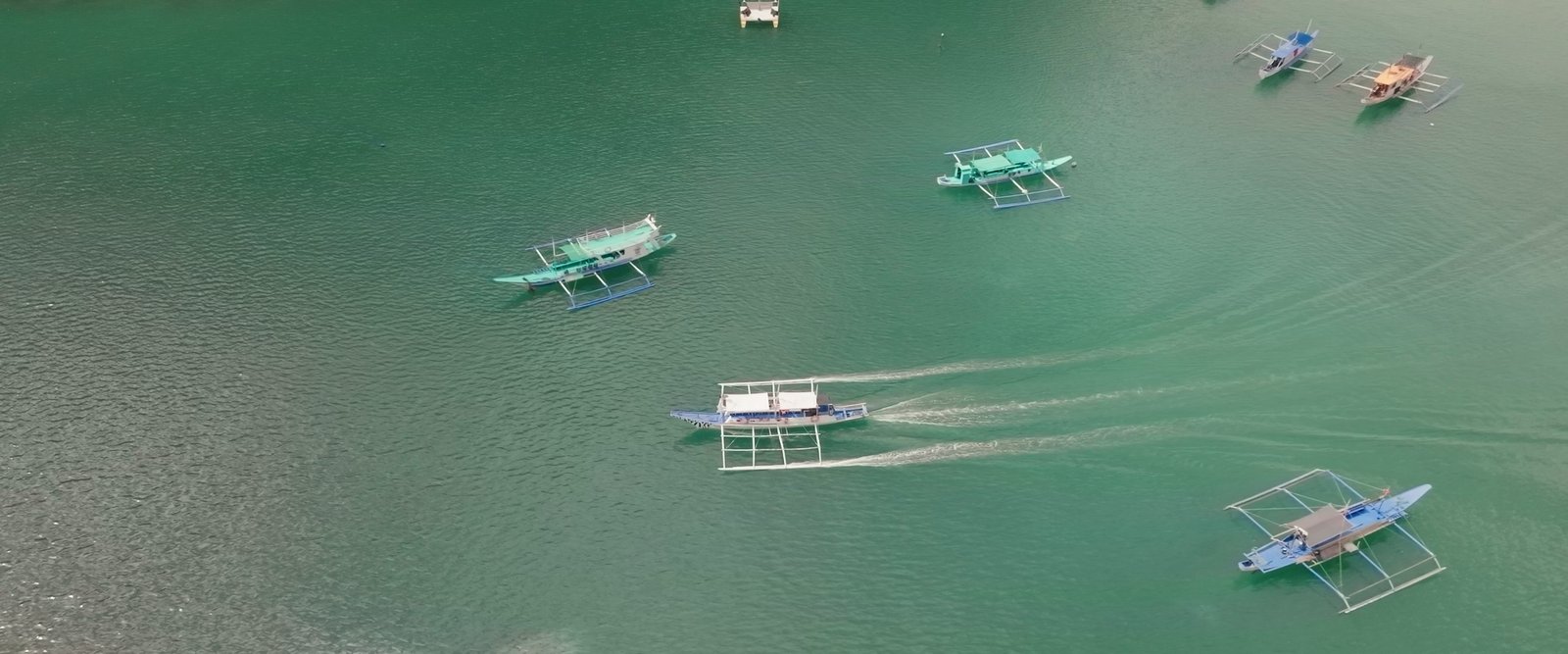Introduction: A High-Growth Asset for Forward-Thinking Investors
Private beach resorts in the Philippines are attracting serious investors. These properties offer more than scenic views—they combine lifestyle, income, and long-term value. They serve as vacation homes, wealth vehicles, and legacy assets.
The country’s booming tourism, large coastal areas, and improving infrastructure make it a smart market. For entrepreneurs, OFWs, and global buyers, investing in Philippine beachfront real estate now means securing tomorrow’s most exclusive assets.
Why Private Beach Resorts Make Strategic Sense
A private beach resort is not just a structure. It’s a flexible asset. Owners can use it for personal stays, lease it out, or hold it long-term. The investment grows in value while serving immediate lifestyle needs.
Unlike crowded condominiums or overbuilt subdivisions, beachfront land is limited. That scarcity drives long-term demand. A well-located resort property becomes more desirable over time—especially in coastal areas that attract both tourists and second-home buyers.
As demand for quiet, exclusive experiences increases, early investors in Philippine beach properties will gain the most. These assets support three key goals: personal retreat, income generation, and capital growth. According to the EY Global Wealth Report, over half of family offices are expanding their real estate portfolios—and hybrid-use investments like these are leading the way.
Why the Philippines Leads in Tropical Real Estate
The Asia-Pacific region leads global growth in beach house investments, and the Philippines stands out. A CoherentMI study forecasts the global modern beach house market to exceed $22 billion by 2030.
The Philippines has over 7,000 islands. Many remain undeveloped but accessible. With upgraded airports, highways, and ports, these once-remote areas are now reachable for both leisure and investment. The country’s combination of affordability, natural beauty, and improving access makes it ideal for real estate buyers looking for value and long-term growth.
New investors—especially OFWs and self-made professionals—see this not only as a purchase but as a legacy. It’s a way to hold something tangible, profitable, and personally meaningful.
How to Invest Safely and Smartly
Buying beachfront property in the Philippines requires careful planning. You’ll need to understand ownership rules, land classifications, and local zoning laws. Foreign buyers typically use leaseholds, corporations, or joint ventures with locals to invest legally.
Before committing to a purchase, confirm the title is clean. Check land use regulations and environmental restrictions. Look into infrastructure access like electricity, water, and road links. These details affect both usability and future value.
At Placidture, we simplify this process. Our How It Works page outlines how we screen properties, coordinate with legal experts, and ensure every listing meets high standards.
Why Off-Market Listings Matter
Over 60% of high-value real estate deals now happen off-market. Investors want privacy, not publicity. Open listings often lead to underpriced offers, inflated demand, and unnecessary exposure.
Placidture follows a by-invitation model. We don’t list everything publicly. Instead, we connect serious buyers with properties that match their goals. Our Private Portfolio features private island for sale options, luxury beachfront villas, and tropical retreats—handpicked for quality and long-term growth.
This model ensures buyers get real value without the noise of mass-market real estate.
Where to Invest: Top Beachfront Locations in the Philippines
Palawan offers clear waters, protected marine zones, and sustainable resort developments. Places like El Nido and San Vicente attract both travelers and long-term investors.
Bohol is growing fast. With its international airport and new boutique resorts, it’s becoming a top choice for private stays and lease-backed investments.
Siargao, known for surfing, is evolving into a villa destination. Early investors are already seeing strong interest from the luxury rental market.
Cebu’s southern towns and island neighbors like Camotes are expanding. Their mix of access and seclusion makes them ideal for mid-size private resorts.
In Mindanao, Davao Oriental offers wide beachfronts and low entry prices. Areas like Mati and Dahican are quiet but rising, with clean titles and less competition.
Near Metro Manila, Batangas and Zambales offer weekend proximity. These spots are ideal for short-term rentals and city-based investors.
Romblon and Northern Mindoro move slower but offer beauty, low prices, and room to grow.
Each area has a different story—but they all share limited supply and growing demand.
What’s Ahead by 2030
Private beach resorts in the Philippines will continue to gain value. Experts expect a 20–25% price increase in clean-title coastal land over the next five years. Properties with strong rental potential or distinct designs will grow even faster.
More people—both local and international—will look for off-market tropical retreats. Owning a luxury beachfront villa or private island will shift from dream to status symbol. Buyers who act early will have more choices and stronger returns.
Final Thought: Invest With Purpose
A private beach resort isn’t just a purchase—it’s a personal legacy. It gives you privacy, freedom, and the power to grow your wealth in a way that reflects your values.
You’re not chasing trends. You’re building something lasting.
Explore Placidture’s private listings today. Visit our About or Contact pages to start your next move.


